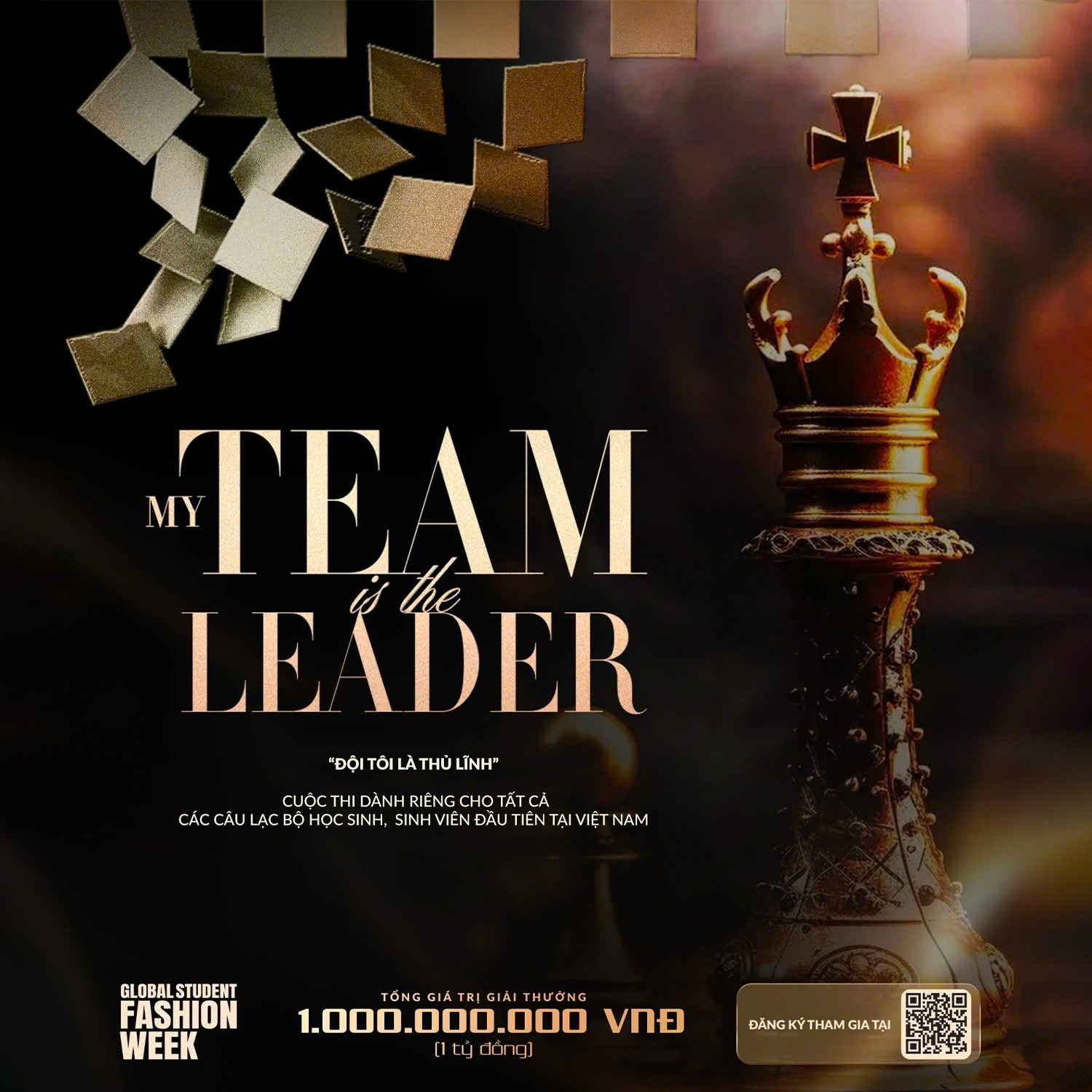These strategies for building foundational reading skills can help when students struggle with grade-level texts.
It’s third period and a middle school math teacher has just asked me, an instructional coach, for classroom support, as her students are struggling to meet behavior expectations. Over the 47-minute class period, she asks students to follow instructions on the board, read a word problem, take notes on important concepts, read the directions to an assignment, and fill out an exit ticket.
I quickly realize that the behavioral challenges she is seeing are, at least in part, due to students’ difficulty tackling all the literacy tasks before them. Fortunately, many teachers are meeting similar challenges head-on by integrating foundational reading skills instruction into their content area classrooms.
Gaps in Foundational Reading Skills
These reading difficulties are not specific to our small, rural middle school but are evident in recent nationwide data. The 2024 NAEP assessment reports from a national sample that only 30 percent of eighth-grade students were reading at a proficient level. In my work with middle school teachers, most report that they have little training or background in how to teach the foundational reading skills many students need.
Similarly, a recent survey from the RAND Corporation shows that nationwide, for teachers in grades 3–8, “nearly half of teachers say their primary source of knowledge about word reading comes from their own personal experience… rather than formal preservice or professional development training.” And while we have been told over the years that “content area literacy” can help reading growth, many teachers are left wondering how, exactly, to do that, especially as regards foundational reading skills.
As an instructional coach, I have focused my work with some teachers on decoding and fluency, two of the four focus areas outlined by the What Works Clearinghouse (WWC) Practice Guide: Providing Reading Interventions for Students Grades 4–9.” We chose these two areas as these were the ones our teachers had the least experience with.
Focus Area 1: Decoding
We’ve decided to start by addressing students’ ability to decode effectively by focusing on common affixes and root words that help students recognize, decode, and understand vocabulary words. The easiest way to embed this morphology instruction into content area classes is through the vocabulary that naturally arises in instruction and/or text. When introducing new vocabulary, teachers can highlight the specific affixes and roots that are in words and discuss their meanings. Our teachers have found the Online Etymology Dictionary to be a helpful resource in understanding word parts.
Once an affix or root word has been introduced, students can brainstorm additional words they know with this word part and make connections between the words. This can be done in just a few minutes in any classroom, anytime new vocabulary is introduced.
In action in the classroom: One of our science teachers has been particularly successful with this strategy. For example, in a recent lesson on electricity, he introduced the word conduct. Students examined the prefix con and the Latin root duct, which led to discussions of conducting railroads and music performances, as well as the pronunciation differences when you speak about student conduct or behavior. The conversation was rich, and the students were able to apply this knowledge to other words they see in a variety of classes.
Another aspect of decoding is teaching students how to tackle challenging multisyllabic words. As with morphology, this works best with vocabulary encountered in context. Following guidance from the WWC Practice Guide, students can be taught a “routine” or set of four steps that they can use whenever they encounter unknown words. This routine is easy to follow and does not require teachers to be trained in recognizing syllable types that are commonly associated with intensive reading interventions.
In action in the classroom: I recently worked with one of our social studies teachers to implement this routine in her classroom. The teacher and I selected words that students would see in an upcoming unit. As the steps were introduced, students had excited conversations about the word parts they knew, were able to make educated guesses about word meanings based on this knowledge, and were able to tackle decoding words with five or more syllables. The teacher plans to continue this strategy regularly with new vocabulary, as well as encourage students to use it whenever challenging words come up in class.
Focus Area 2: Fluency
In addition to decoding, we have been focused on fluency as a school. Fluency is a student’s ability to read text at an appropriate speed with sufficient accuracy, so that they are able to make sense of the text. Fluency can also include prosody, or reading with “expression,” which indicates that a student understands what they are reading. One of the easiest ways to incorporate fluency practice and instruction into any classroom is by creating meaningful and purposeful opportunities for the repeated reading of grade-level text.
In action in the classroom: To aid fluency, I worked with a science teacher to implement a text set. A text set is a set of media that is intentionally selected to strengthen background knowledge and vocabulary in support of a grade-level text. The teacher and I used an article with challenging concepts and vocabulary, and provided a short reading, video, image, and interactive online activity, along with class discussions, to support student understanding of the material in the article.
We then created opportunities for students to revisit and reread selected paragraphs in the text to increase their opportunities for repeated reading. Students reported increased understanding of the content and had multiple chances to practice reading fluently.
Teachers across grades and subjects can utilize the strategies described to support reading growth and encourage student success with grade-level content.



